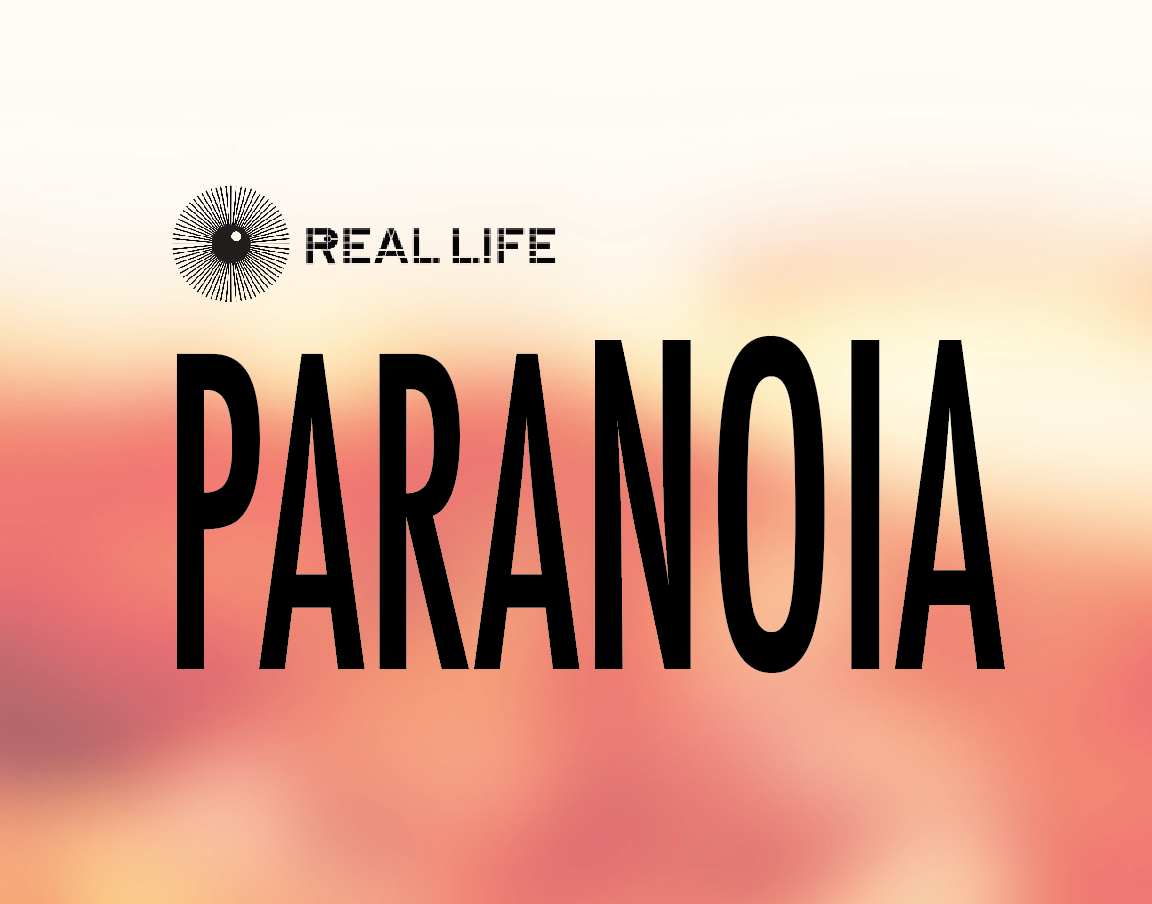Real Life is on winter break. In the meantime we’ve put together four themed SPECIAL ISSUES for your consideration from essays we published this past year. Below is the second of these packages, on paranoia. Click the image for a pdf. We’ll be returning in the new year. Thanks for reading!
Paranoia seems an inevitable product of the increased accessibility of information. It makes information seem useful when it isn’t, necessarily, and helps rationalize a voracious hunger for distraction, which is transformed into a form of necessary vigilance. Attention has become a scarce economic resource, and the efforts to commandeer it and disrupt our sense of control over it have become more and more intense and technologically sophisticated. Paranoia appears in this context as a kind of coping mechanism, a Pyrrhic effort to reassert executive function and reorient the self through heroic acts of feverish interpretation. Adam Phillips has described paranoia as “the self-cure for insignificance,” a way of placing the paranoid person “at the center of a world which has no center.” Social media often function as a literal instantiation of that idea, organizing information algorithmically based on the data that’s been collected about a user. In that context, paranoid interpretation may become a kind of decentering process, as we try to decode who the platforms think we are and how we might eventually become somebody else.
Featuring:
“Clearings,” by Jacqueline Feldman

“Proactive Paranoia,” by Robert W. Gehl

“Influencing Machines,” by Geoff Shullenberger

“Suspicious Minds,” by Eric Thurm

